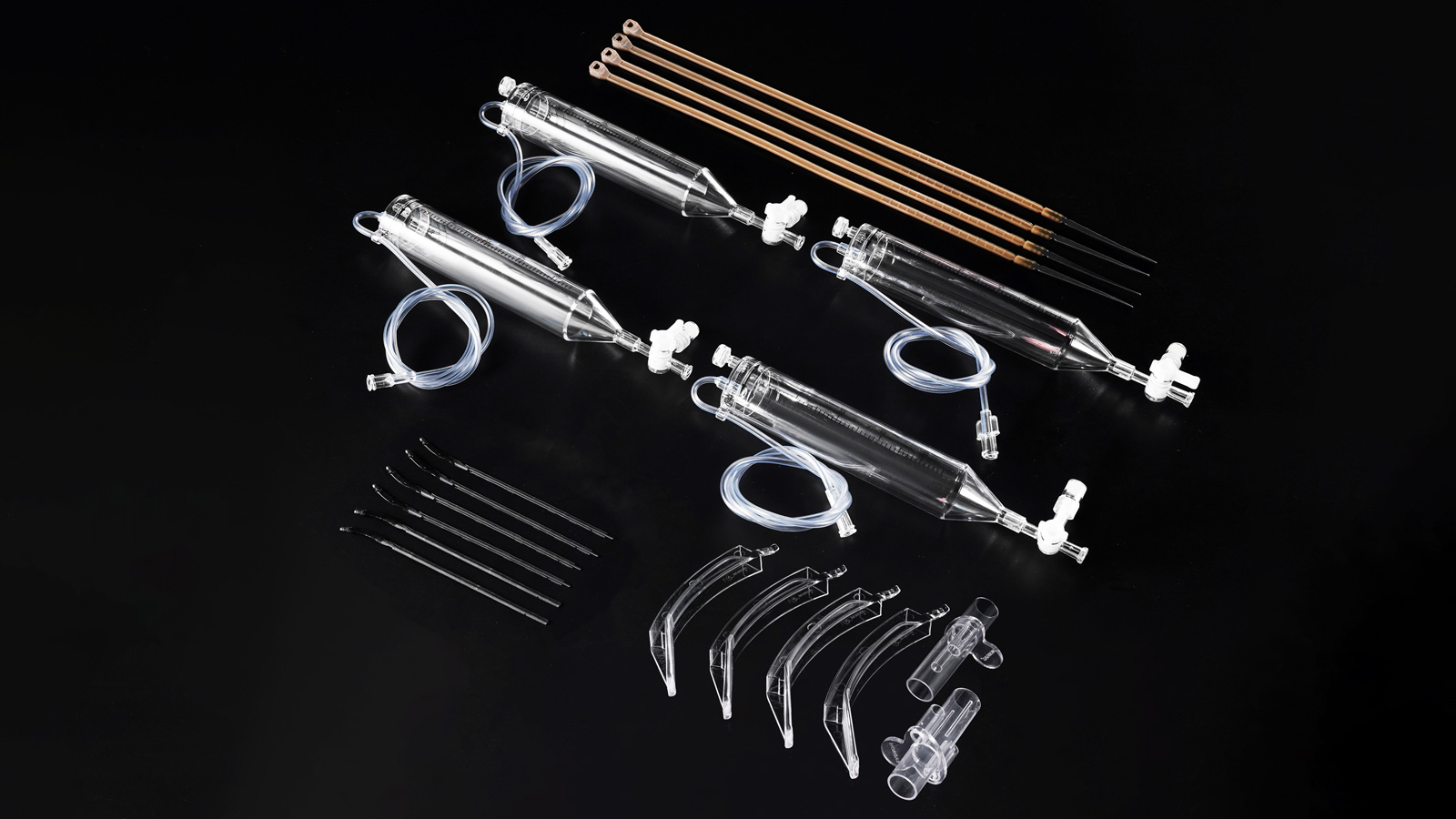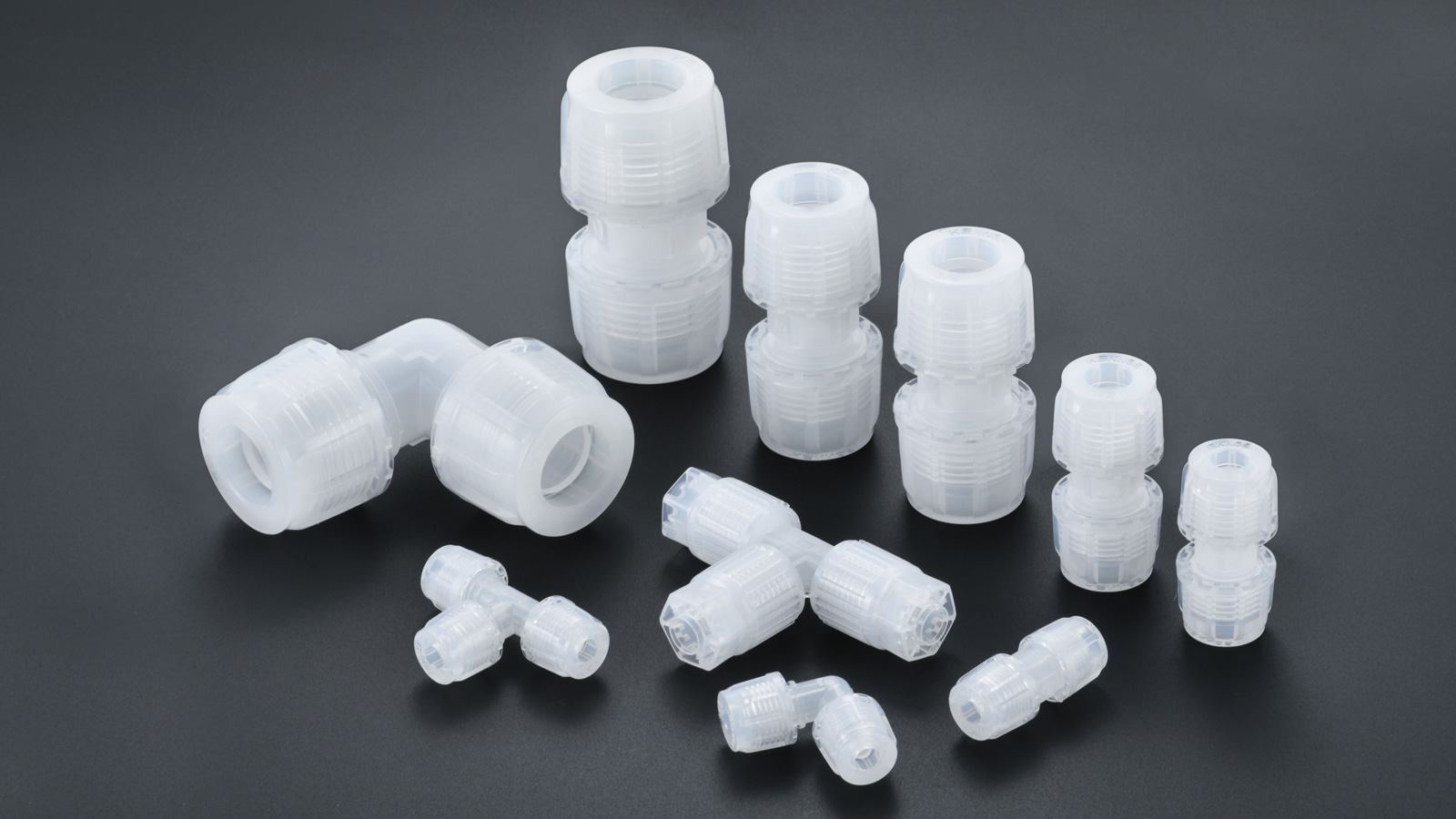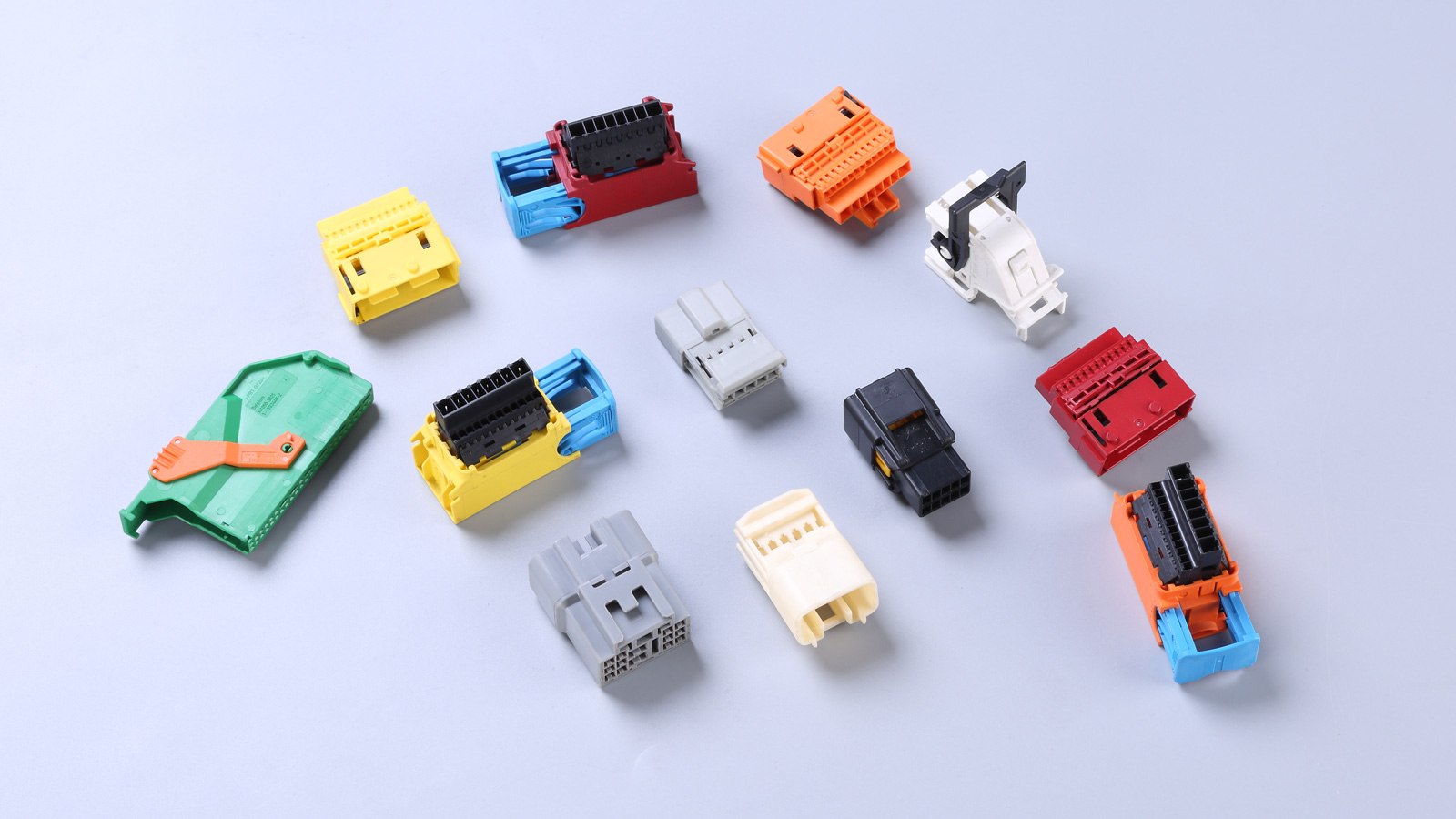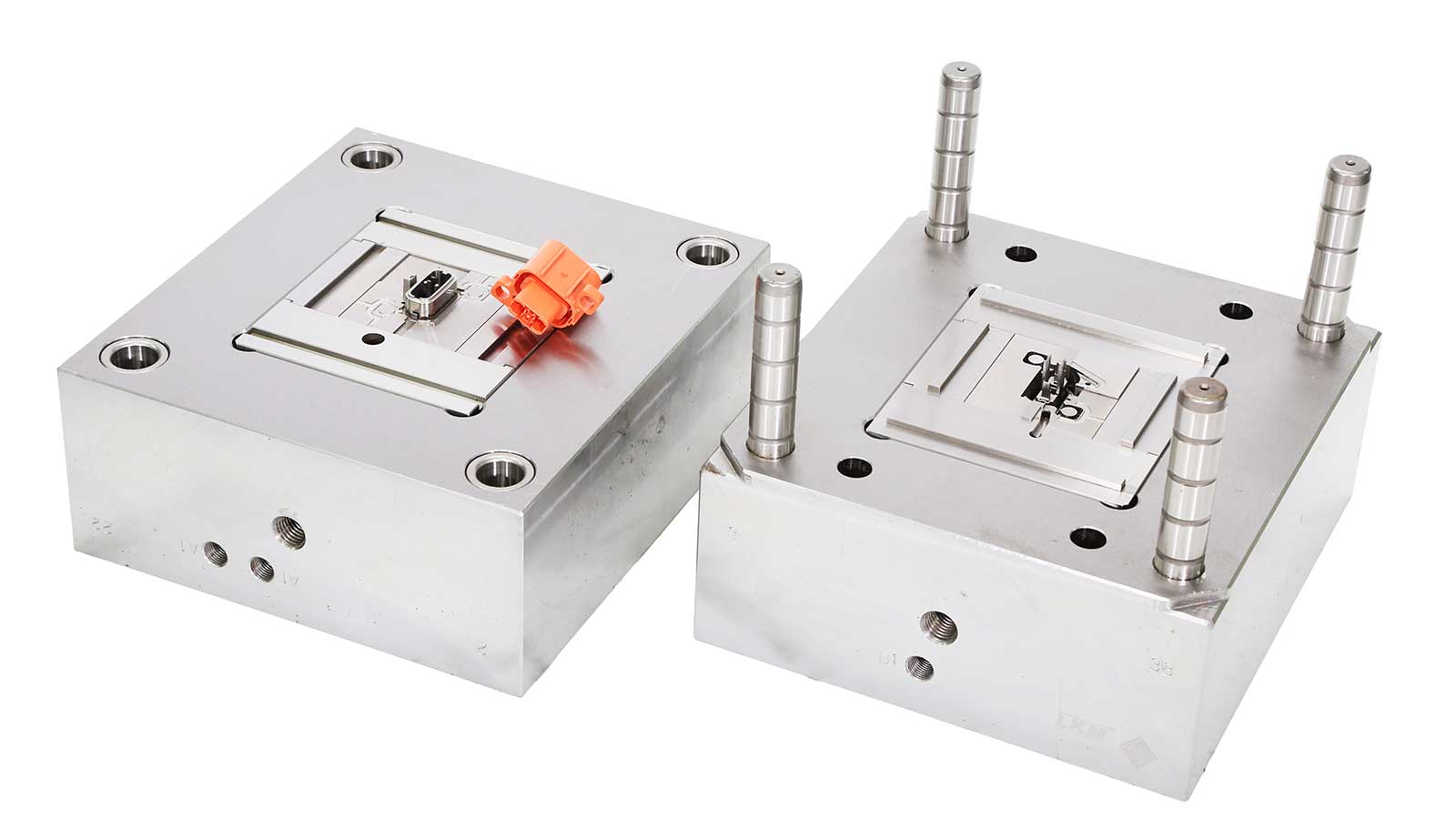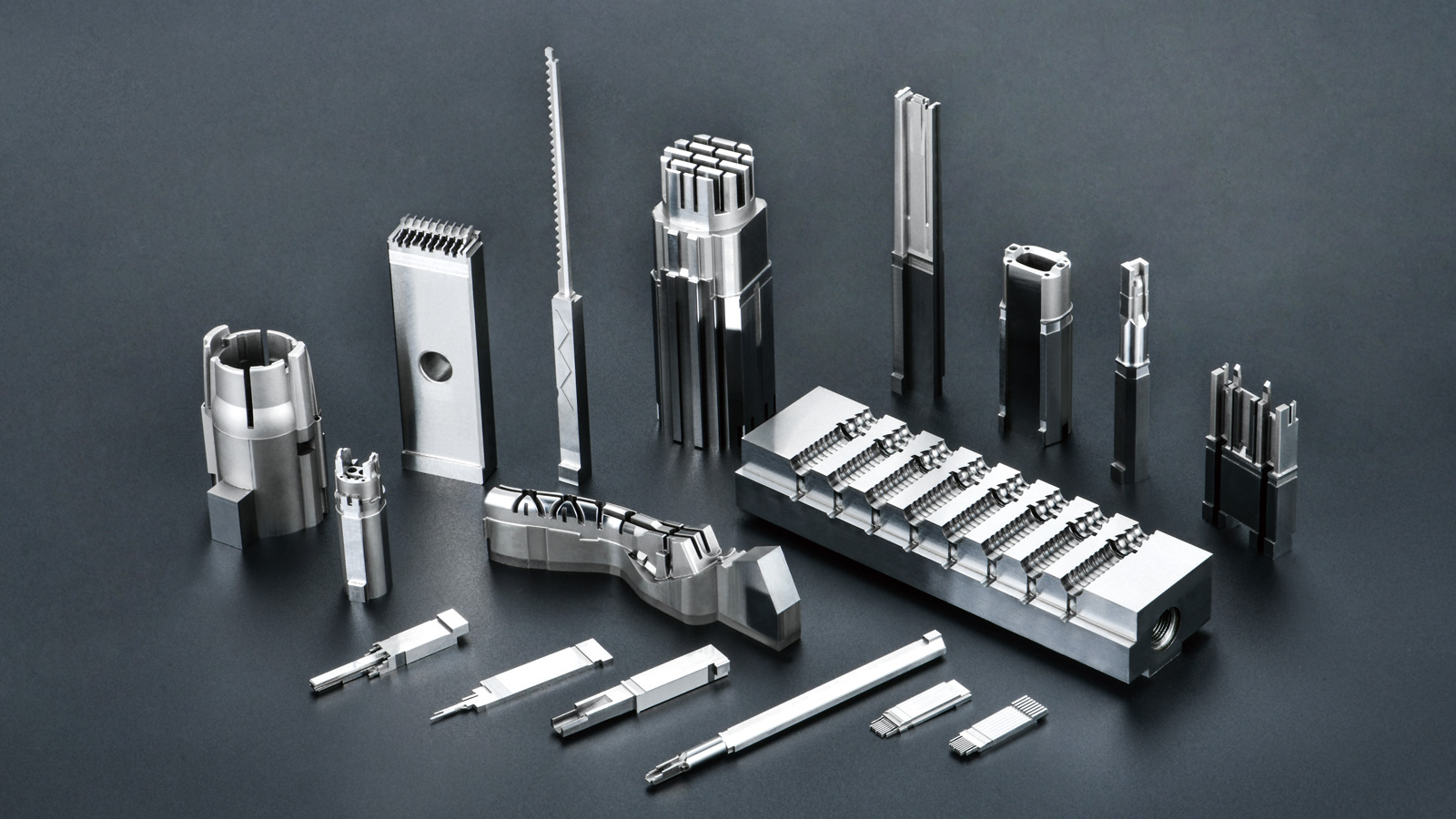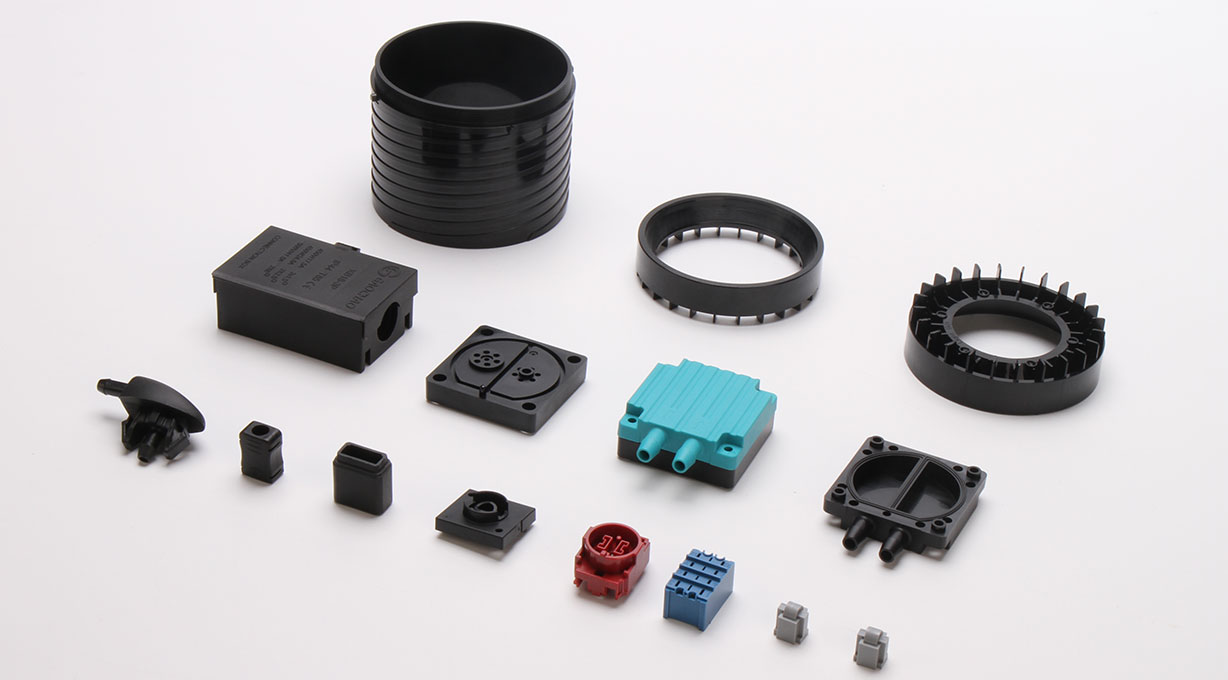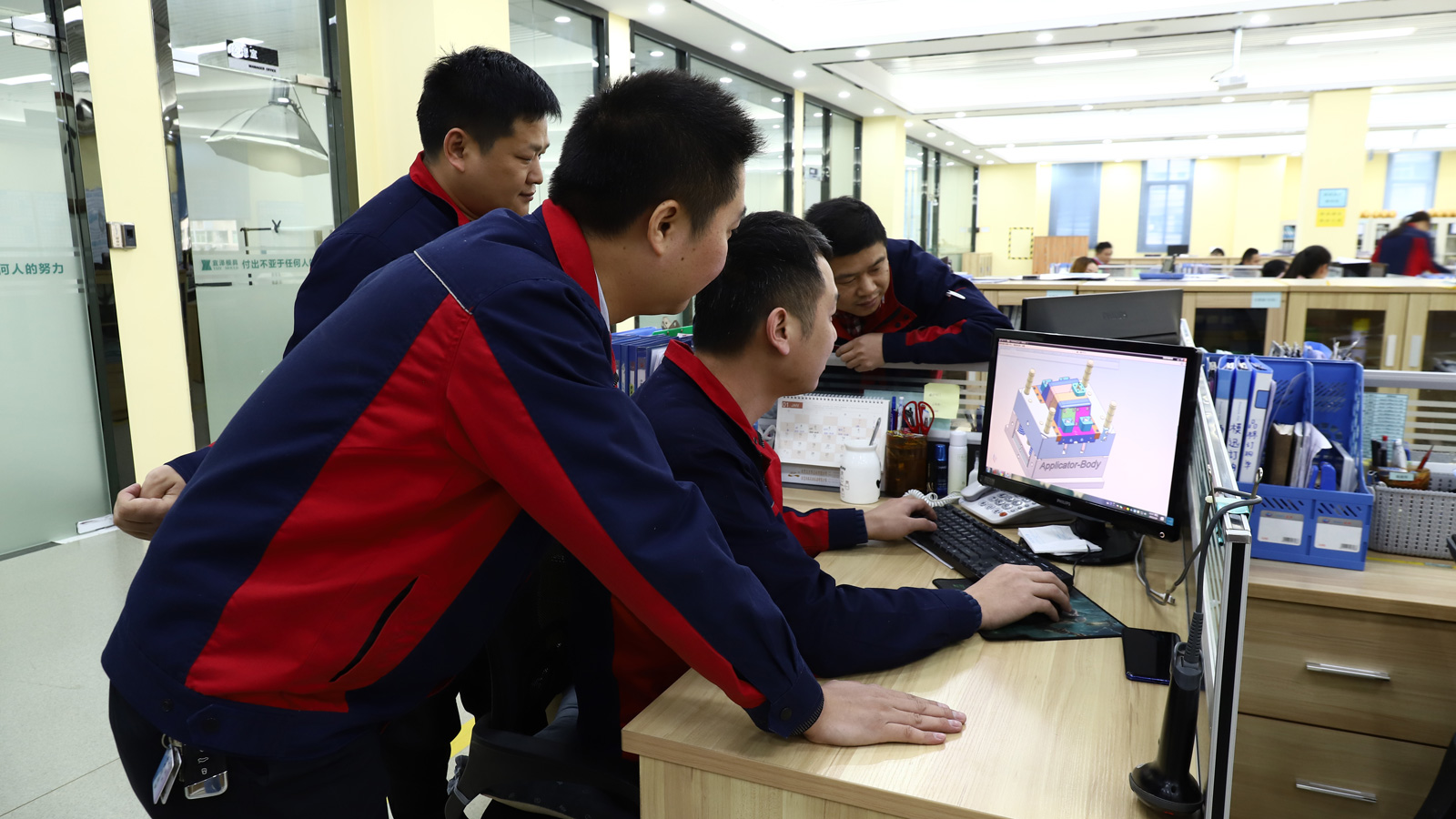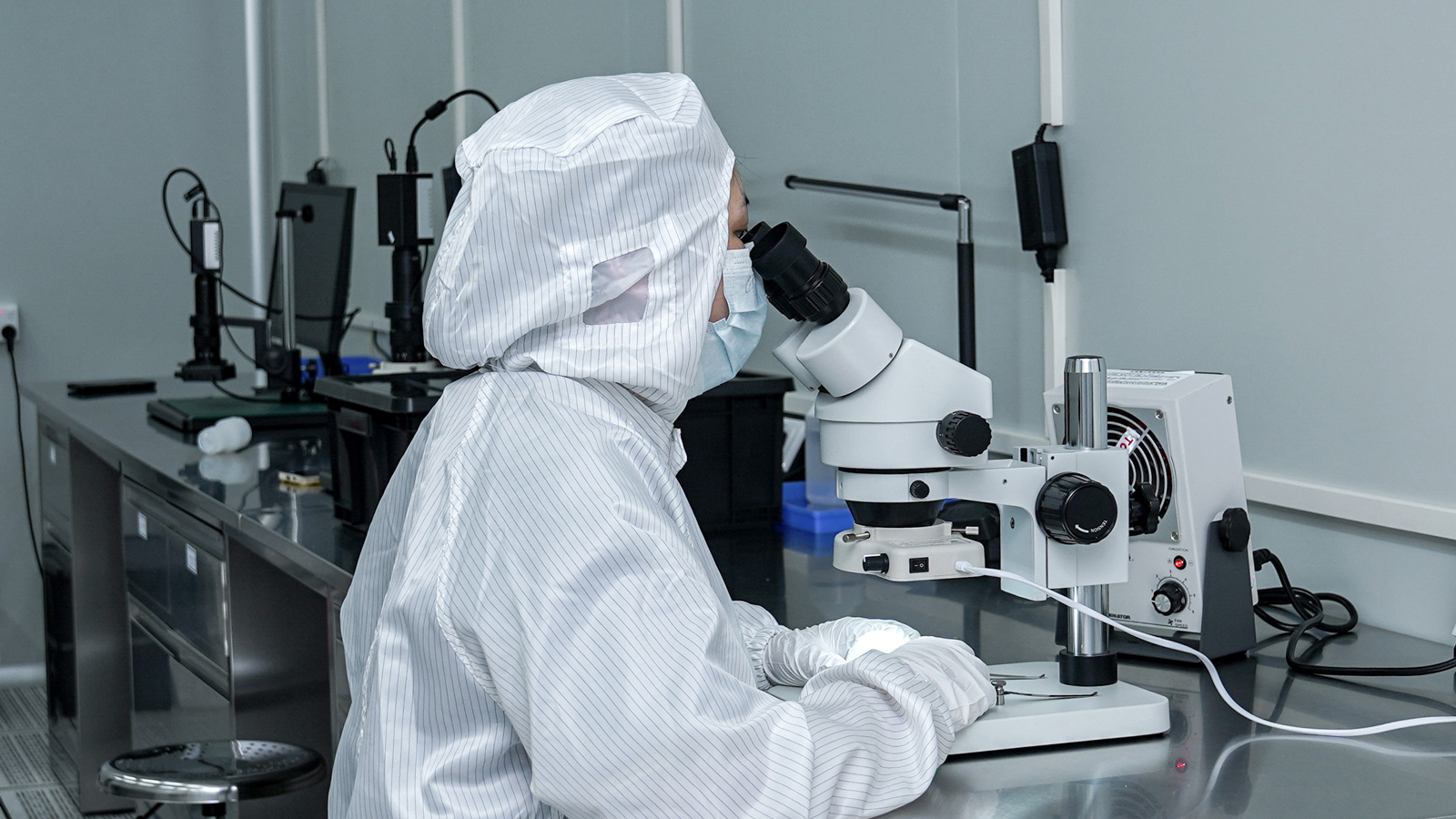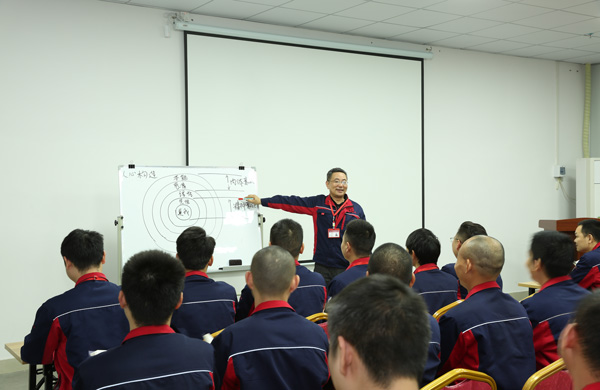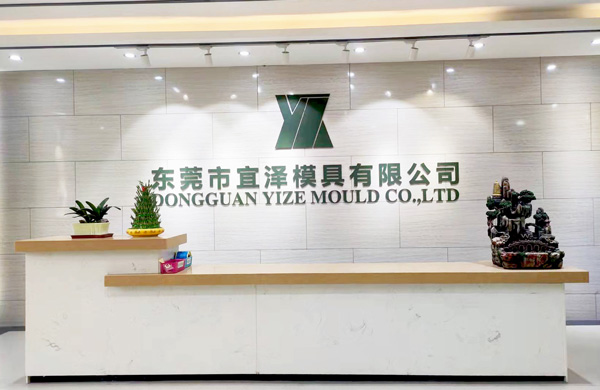PET (polyethylene terephthalate), a representative thermoplastic polyester, exhibits extreme sensitivity to process parameters during injection molding. Achieving high transparency, mechanical strength, and dimensional stability in molded parts requires a sophisticated process system built on precise control of temperature, pressure, and mold conditions. Below is a professional breakdown of the core conditions for PET injection molding:
1. Temperature Control: Balancing Flowability and Degradation Risks
PET has a narrow processing temperature window, where fluctuations directly impact molecular chain alignment and part performance:
- Barrel Temperature: Standard PET requires strict control within 240–280°C, while glass fiber-reinforced grades may extend to 250–290°C. Insufficient temperature increases melt viscosity, causing short shots and weak weld lines; excessive heat triggers thermal degradation, evidenced by nozzle drooling, discoloration, and mechanical property loss. Research shows molecular weight reduction accelerates exponentially above 290°C.
- Nozzle Temperature: Must remain ≤300°C and typically 5–10°C lower than the barrel’s end zone. This prevents material degradation from prolonged residence while minimizing nozzle wear from abrasive flow. Open nozzle designs with reverse threads are recommended to reduce residue buildup.
2. Mold Temperature: The Performance Switch for Crystallization Control
Mold temperature directly governs cooling rate and crystallinity, which determine mechanical properties and transparency:
- Typical Range: Maintain 100–140°C for balanced crystallinity. Temperatures below 90°C induce internal stresses leading to cracking; above 150°C cause post-molding shrinkage from secondary crystallization.
- Wall Thickness Adaptation: Thin-walled parts (≤1.5mm) need 100–120°C for rapid cooling and dimensional stability, while thick-walled parts (>3mm) require 130–140°C to promote uniform crystallization. A case study on automotive headlamp covers reduced warpage by 62% through zoned temperature control (135°C gate zone vs. 125°C cavity zone).

3. Injection Pressure: Matching Flow Demands with Stress Management
PET’s excellent flowability enables moderate pressure requirements, but precision remains critical:
- Standard Range: Use 80–140 MPa for unfilled PET and 90–150 MPa for glass-reinforced grades. Insufficient pressure causes flow front freezing, creating sink marks; excessive pressure induces molecular orientation and anisotropic shrinkage.
- Multi-Parameter Optimization: Pressure settings must integrate:
- Material Factors: Each 10% increase in glass fiber content raises pressure requirements by 5–8 MPa;
- Runner Design: Hot runner systems reduce pressure needs by 15–20%;
- Part Geometry: Long-flow parts (L/T > 150) benefit from staged packing pressure (initial 80–90% of injection pressure with 3–5 MPa/s decay rate).
Key Process Control Principles
Effective PET molding demands a 3D control model integrating temperature, pressure, and time:
- Thermal Gradient Management: Establish a 200–250°C cooling gradient from barrel to mold for smooth phase transition;
- Dynamic Pressure Regulation: Implement multi-stage injection (60–70% filling pressure + decaying packing stages);
- Crystallinity Optimization: Target 35–45% crystallinity through coordinated mold temperature and cooling time control.
Mastering these principles alongside scientific mold trials (e.g., DOE experimental design) systematically improves PET part quality and production yield. Establishing a process parameter database with SPC (Statistical Process Control) enables continuous optimization.
